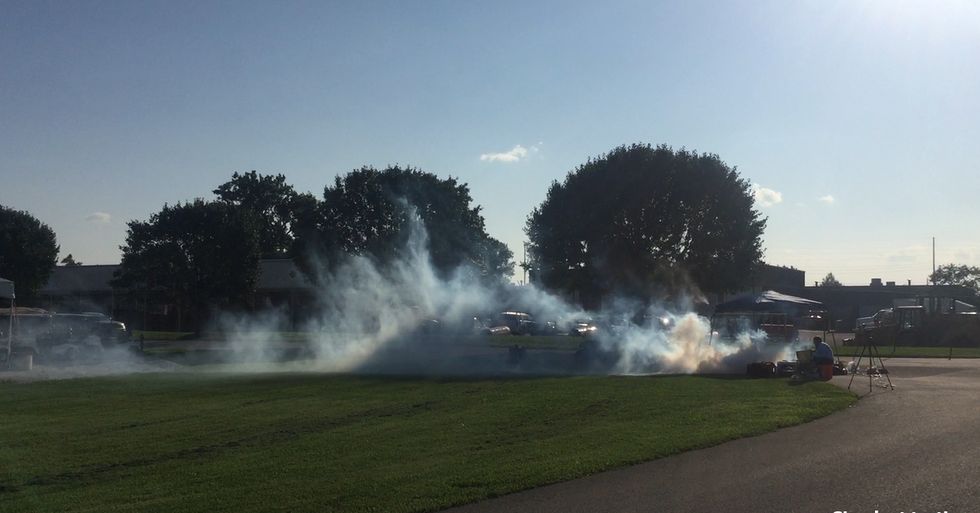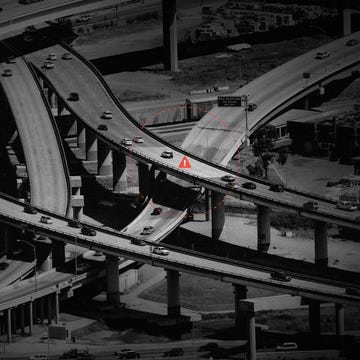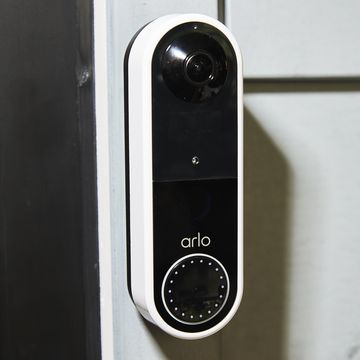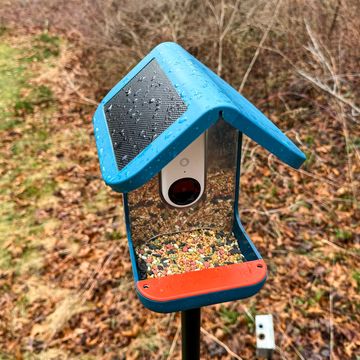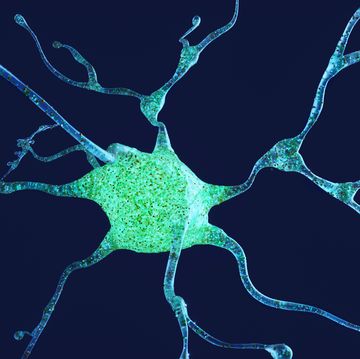The scene isn’t all that hard to imagine. It’s Memorial Day. The Indianapolis 500, the world’s largest sporting event, is underway. At least four-hundred thousand fans are standing, stomping and screaming. Far louder and more deafening, at 95 decibels, are the 550-700 horsepower engines of the thirty-three roaring Indy 500 twin-turbocharged race cars. Because the Federal Government considers this a National Special Security Event, the Secret Service, F.B.I., and FEMA are deployed alongside local and state police to keep everyone safe. Explosive-sniffing dogs, sharpshooters, security perimeters, license-plate camera scanners, and checkpoints are in full-force. But none of them notice the man parked nearby in a rented cargo van.
He hunches over uncomfortably in the rear of the van. His back occasionally brushes the ceiling as he twists open the valves of a dozen gas tanks. The man wears scuba gear—protection against the billows of invisible Sarin gas that are pumped out of the wide-open front windows. The odorless chemical catches the wind and slowly spreads over the crowd. Sarin’s effects can be immediate, and range from blurred vision to convulsions and vomiting. Many people exposed to the cloud of gas would be asphyxiated. Thousands could die.
This particular attack hasn’t happened, but it could. Anne Fischer, the head of a program at DARPA called ChemSIGMA, is doing her best to ensure it won’t. The effort is part of the ambitious SIGMA+ project, which has already deployed inexpensive handheld nuclear weapon and radiation detectors. ChemSIGMA, however, will identify and locate scent-evidence of chemical ingredients, called precursors, which must be combined to make chemical weapons or explosives. Detection is especially difficult in dense industrial and urban environments because of the vast numbers of chemicals, particularly hydrocarbons and solvents, that already pollute the air. Fischer and her team must also be certain the detectors and analysis software don’t register non-existent threats and create false alarms.
To do that, they needed a real-life test. And that’s where the Indianapolis Motor Speedway came in. With the help of the Indianapolis police department, DARPA conducted a secret six-month test, begun in the spring of 2018. The agency installed a network of chemical detectors at the Speedway—precise sensors linked to high-accuracy wind gauges revealed how chemical odorants travel in plumes through the air. DARPA even released special harmless gases mixed with smoke to visually observe how accurately particles were measured by the sensors. It was a success. Over the six months, the ChemSIGMA team demonstrated that their software models and sensors repeatedly and precisely tracked plumes to their source.
ChemSIGMA partnered with the Massachusetts-based Physical Sciences Inc. to develop the network algorithms to detect, identify, map, and predict the cloud movement of chemical threats. Additionally, Princeton University scientists are perfecting a method called “dual comb” spectroscopy that allows harmful chemicals to be quickly identified. It works by splitting an eye-safe infrared-laser beam. One beam shines over a city block while the other measures reflected light. When hit by the light, any present chemicals emit unique optical signatures, allowing for near-instantaneous identification.
Watch this exclusive video that reveals DARPA’s Six-Month Secret Test at the Indianapolis Speedway to Prevent Chemical Weapons Attack
Although the device is currently about the size of a sedan’s trunk, more are on the way. “We intend these chemical detectors to be in various sizes. Definitely some will be smaller and portable. There’s not one single sensor that can do the job we need,” Fischer says. Connected in a network, the sensors will lead law-enforcement directly to the source of possible danger.
“What is truly difficult,” Fischer says, “is getting the lasers and detectors to perform consistently, and in an automated fashion, with extremely high sensitivity, and generating no false positives so they don’t need constant handling.” Even so, she expects the full program to be completed and deployed within the next five years.

